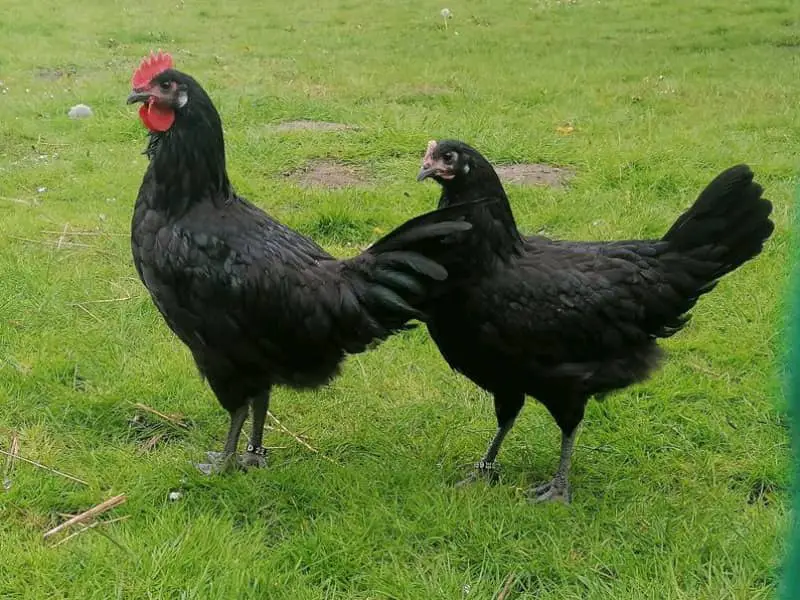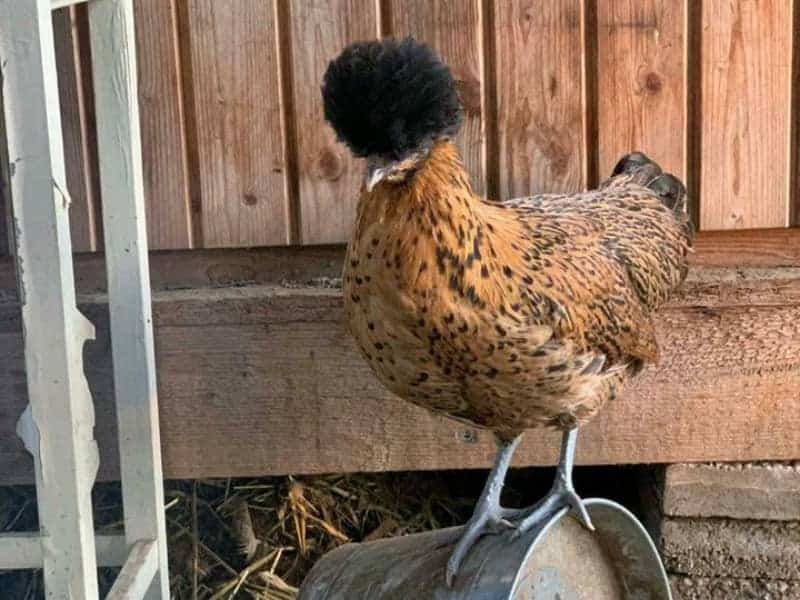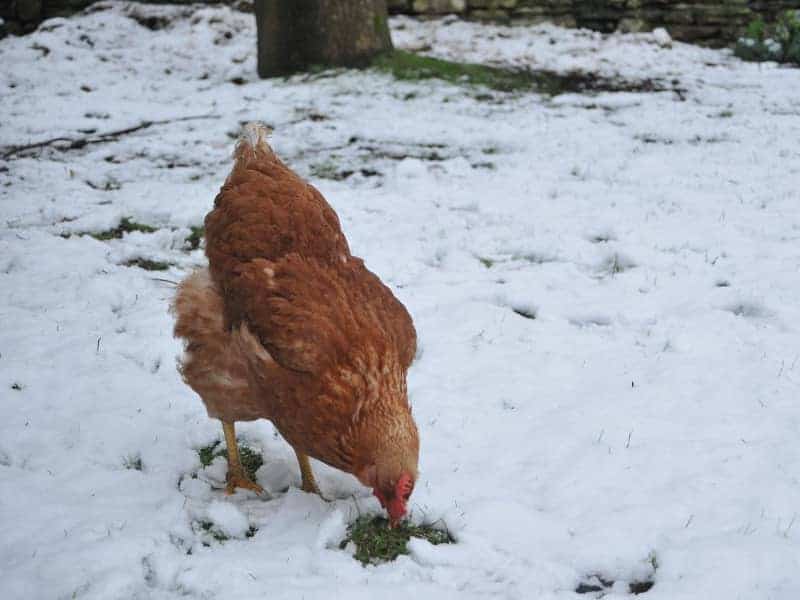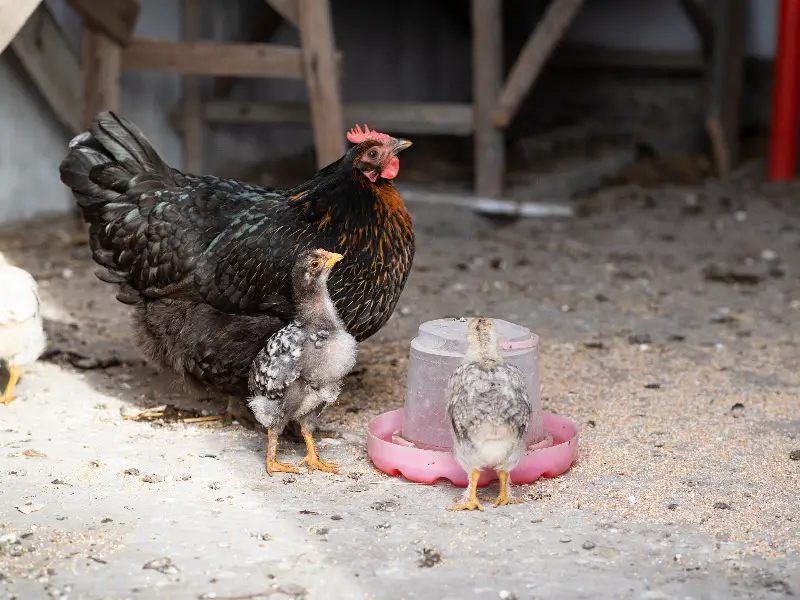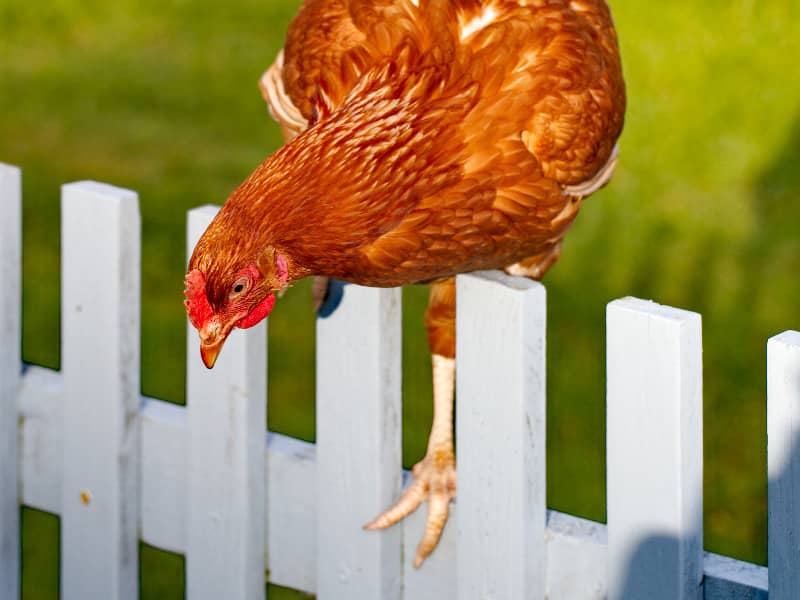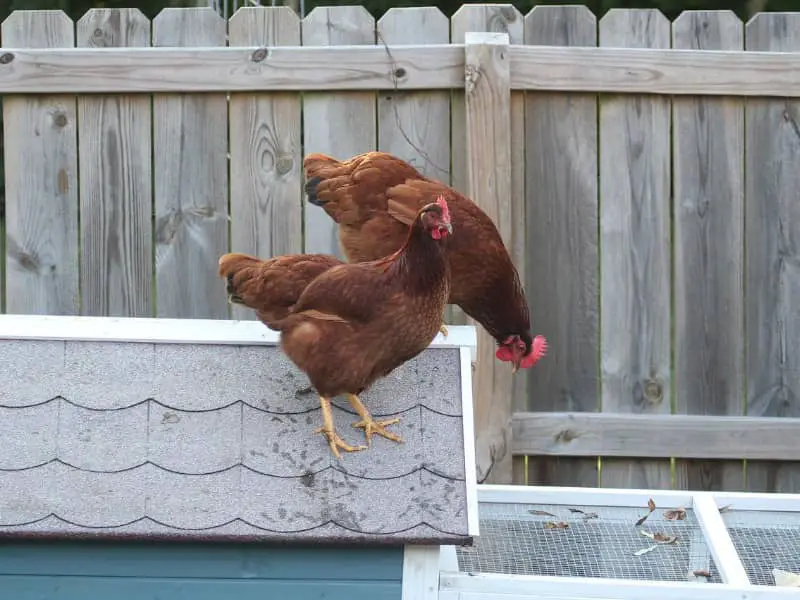
Rhodelander chickens
Rhodeland chickens got their name because the place of origin of this chicken breed is in the USA in the state of Rhode Island. The chicken breed originated from crossing of Malays and Cochins, as well as other Asian chicken breeds. Rhodelands are real and full-fledged farm chickens, bred to ensure high egg production.
Around 1860, this breed became known in the area of Rhode Island. Recognized by the breeding association in the U.S., they were, however, only in 1904. However, already in 1901 the first specimens of the breed were shipped to Germany. To this day, Rhodelands are one of the most popular chicken breeds in Central Europe and their robustness, beauty and laying performance ensure that they are represented in many breeding strains.
Rhodelander chickens characteristics
The body of the Rhodeländer is called brick-shaped. This name comes from the fact that when you look at the chicken from the side, with the exception of the neck and feet body forms a rectangle. The animals have a horizontal posture. There are the Rhodeländer chickens with two different combs, on the one hand the animals with a rose comb, this is a thick busy comb on the head of the animals. The other variant of the chickens has a simple comb.
The best known color variant is a rich dark red with black markings on the wings and tail. Other color variants are black and white Rhodelander chickens, which almost always have a single crest. In all three color varieties, the face, wattles, and ear discs are a strong red color. There is also a match of color in the legs, which is always orange-yellow.
Rhodelander chickens data
| Weight of the cock: | 3.5-4.5 kg |
| Weight of the hen: | 2.8-3.2 kg |
| Laying performance per year: | 180-200 eggs |
| Egg weight: | 55-60 g |
Buy Rhodelander chickens
If you are interested in buying a Rhodelander chicken, then you should go to a designated breeder. There you will have a close look at the chickens and pay attention to the attitude of the animals. You will find breeders who breed Rhodeländer chickens and sell the young animals at many small animal breeding clubs. It is best to try a small animal breeding club near you.
Even if no one there has Rhodeländer, they can certainly help you where you can get some. The advantage of a small animal breeding club is that the breeders are happy to help you later with husbandry questions. Because the welfare of the animals is usually more important to them than the breeding companies, which mainly have their profit in mind.
Rhodelander chickens housing conditions
Rhodeländer chickens are excellent for beginners in keeping chickens. On the one hand, they are robust and can therefore be kept outside all year round and at the same time they have a moderate temperament and quickly become trusting. In addition, due to the high weight it is very flight lazy chickens and so no too high requirements for an escape-proof steel.
It is not that the Rhodelands cannot fly, but mostly they use their flying abilities only when they are in acute danger. The chickens should always be kept in a group. Here should live together at least 4-5 chickens and if more chickens are purchased, then a rooster is also recommended.
The reason for the extra urine is that it creates a balance within the social structure. It ensures that the hens do not choose a weak hen, which is ejected and teased by the rest of the group.
Chicken coop and run for the Rhodelands
In principle, the run should be as large as possible; the rule of thumb is at least 4 m² per chicken, 6 m² or even more is better. Because the animals need space to flock and forage. They occupy themselves with it all day and so within a short time, the formerly beautiful green becomes a wasteland, which will be partially unsightly.
Ideally, you have two runs that can be used alternately. The run should be enclosed with a fence with a minimum height of 1.20 meters. Fortunately, the Rhodelands are lazy flyers and therefore this fence height is sufficient here. If you want to be on the safe side, then raise the fence to 1.50 m and you will most likely have no escapees.
The henhouse must be slightly larger than for the standard breeds. Rhodelander chickens are a large breed and therefore there should be at least 1 m² per hen. This is 50 % more space than must be planned for normal sized chickens. It is ideal if the perches are placed so that they are all at the same height.
Because different heights lead to a ranking order. Because the higher a chicken sits in the coop, the higher it is in the hierarchy. If they all sit at the same height, then it has been proven that quarrels are reduced.
Rhodelander chickens, the feeding
The Rhodeländer are very active chickens and prefer to find their own food. If this should not be possible with you because of too small run, then you must feed of course. For this, the normal mixed chicken feed is recommended. If you have the possibility to procure green feed, then you should offer this to your chickens in large quantities.
They browse this green fodder for insects and also eat from the green fodder. Green fodder can be grass, clover, nettle, herbs, lettuce and grass clippings. However, no grass clippings, this grass is cut so small that it ferments quickly and continues to ferment in the stomach of the chickens. This can lead to well-groomed belly and, in extreme cases, the death of the chickens.
However, there is nothing wrong with green fodder from the roadside, cut with a scythe or sickle. Food scraps can also be offered as soft food. This includes potatoes, potato peelings, cooked pasta and cooked rice. Likewise, Rhodelander chickens like fruit, but here there are different tastes and native fruits such as apple, pear, cherry and plums are well suited.
Author

-
Garden animal - A life with nature
Welcome to my animal blog! My name is Dirk and I am happy to take you on my journey through the fascinating world of animals and gardening.
Born 54 years ago, I have had an insatiable curiosity for the animal world around me since childhood. Although I have moved professionally in other industries, my true passion has always been animals and nature. It is remarkable how a small garden has become such an important part of my life.
Many of my fondest memories are associated with the animals that share our home. Whether it's the curious squirrels that scurry across the trees in the morning, the colorful variety of birds that visit our feeders, or the busy bees and butterflies that pollinate our flowers, every moment with them is invaluable to me.
This blog is my contribution to share my experiences, discoveries and insights with like-minded people. Here I will share stories of unforgettable encounters with animals, give tips on gardening and creating wildlife-friendly habitats, and take you on my journeys through nature.
Thank you so much for being here!
Cordial,
Dirk aka garden animal
Last posts
- 27. February 2024PetsVeganes Hundefutter – Grün und Gesund?
- 18. January 2024ChickensOregano für Hühner
- November 27, 2023HamsterDiurnal hamsters
- November 24, 2023HamsterHamster hammock

